It’s official. You are rolling. You’re no longer shipping a couple of stray items a month.
Nope – you’ve hit the big time.
You’ve reached the stage where you have to stress about packing orders and getting them out on time. What a great problem to have!
You’ve no doubt agonized over the details of getting your products just right. Now’s the time to make sure that when these products arrive at their final destination, your customers are satisfied – and properly impressed.
We, humans, are a judgy group. Studies show that you only have seven seconds to make a first impression when you meet someone new in person, before making an initial judgement call.
Needless to say, first impressions matter.
Now, if someone orders goods from you online, you don’t have the opportunity to impress them in person. But you do have the chance to wow them with the delivery of your goods.
Imagine if a customer comes home to find a tatty-looking box from your company on their front doorstep.
Think they’ll be impressed? Think again.
There’s no denying that eCommerce is booming. According to eMarketer global retail eCommerce sales reached $2.304 trillion last year – a 24.8% increase over the previous year.
That’s a lot of packages being delivered. But competition is fierce.
You need to stand out from your competitors and deliver a personal, memorable experience to your customers, so they’ll come back for more. After all, it’s far cheaper to retain customers, than to continually have to find new ones. And happy customers can help you spread the word about your awesome products.
No matter what you’re selling, you want to make sure your items are delivered on-time, at a good rate, in good order, and are memorable (in a good way, of course).
So, let’s get down to the nitty-gritty. Let’s take a closer look at your options in the wonderful world of shipping and fulfillment, from start to finish.
Pick Your Strategy
Alright. For starters, all companies have different needs and priorities.
Perhaps you’re a company just starting out and trying to make a name for yourself. You might be short on money, but have more time. Or maybe you’ve been around for eons and you want to protect and build upon your stellar reputation.
Maybe you’re shipping large, heavy equipment. Or perhaps small cosmetics are your thing. Whoever you are and whatever you’re shipping, you want to make a positive impression.
So, put some thought into exactly what’s necessary to ensure your products are delivered to contented customers. Here’s how to get started:
Figure out who your ideal customer is:
If you’re running a business, you know it’s all about the customer. It’s important to understand who they are. Ask yourself questions like:
- What is the typical age of my customer?
- Where do they live? Am I going to have to ship my goods across the country, or even internationally?
- What’s their style? Are they looking for a casual experience, or something more sophisticated?
- Are sustainability and the environment a priority for them?
Get in their head and provide them with the experience they want.
What kind of business are you running?
Are you running a subscription business? If so, customers will expect a little style. They want to be excited about their monthly delivery – so don’t make it a ho-hum happening.
Do you ship luxury items or inexpensive trinkets? Someone opening up a package containing a gold bracelet will expect a little more luxury, than someone opening up a delivery of cat food.
What’s your budget?
Sure, we’d all love to ship our goods in gorgeous packaging. But there’s always that pesky concern of cost. You may not be able to go all out. Or can you?
It might not be the popular opinion, but I’ll just come out and say it.
For most businesses, custom boxes will save you money.
Even with a tiny budget, you can incorporate some unique branding to stand out from your competition.
Read our definitive guide on custom branded packaging to get up to speed on your options. It’s a good idea to see read up on how much custom boxes actually cost while you’re at it.
Now that we’ve covered your ideal customer, needs and budget, let’s get into the details of how to put your strategy to work.
Start With Your Box
Ever watch one of those unboxing videos?
Well, you’re not alone. In 2015, people watched unboxing videos on YouTube more than 1.1 billion times, for a total of 60 million hours.
What’s the first thing you see in one of these videos?
You guessed it, a custom box.
Today, there are many different box styles and all sorts of customized boxes for retailers. First and foremost, boxes need to be functional, but looking good is also a top priority for plenty of businesses. So, let’s break things down by functionality and appearance:
Functionality
The importance of the proper box size cannot be overstated.
It might be tempting to have just one size box for all of your goods. But think of the waste – both in terms of money and to the environment.
Shipping costs are determined by size and weight, so you don’t want a lot of empty space surrounding your items. It doesn’t make sense to pack a bracelet in a box that can fit a microwave. You don’t want to pay good money to ship a box of air.
So, take a look at your products. Do you sell long items, bulky items, or are they all tiny?
You should have a variety of different size boxes on hand, so you can fit all of your merchandise, no matter the size.
Depending on what you’re shipping it might make sense to have a variety of box styles as well, such as easy-fold mailer, insulated shippers, and side loaders. If you’re shipping items like clothing, poly mailers are a cost-effective option.
Another essential consideration is product security.
At a bare minimum, your box needs to protect your goods, so it should be sturdy. You also want your items to fit snugly in the box. You can fill up the empty spaces with void fill, such as peanuts, air pillows, bubble wrap, or packing paper.
Tamper-resistant containers are a good theft deterrent. Even something as simple as tamper-evident security packaging tape will have thieves thinking twice before tearing open your package.
If you ship fragile items, you’ll have to take even more precautions.
It helps to stamp a box as fragile, or mark which end is up, but that’s not enough. You have to expect some rough handling of your packages along their way.
Shipwire recommends using a five-point drop test, which entails dropping a box from four feet at five different angles – flat on its base, flat on top, flat on the longest side, flat on the shortest side, and then on a corner.
Appearance
Your shipping box is a great way to promote your brand. Don’t lose out on this valuable marketing opportunity. You want your brand represented on your box, so your box design needs to be unique and memorable.
What your package looks like counts, and it’s a large part of your complete brand experience.
So, if possible, make your packaging eye-catching with bright colors and easily recognizable fonts.
If your budget allows, you can have your logo or slogan printed directly on your box. Branding can get expensive, especially if you only need a few boxes, so it might not be a good fit for every company. As your needs and order sizes increase, pricing for custom boxes are typically much lower.
An alternative is to look for pre-designed boxes. You don’t have the full customization with this option, but it’s more affordable.
If money is tight, you might not be able to go full bore with a custom-colored box emblazoned with your logo on all sides. But don’t worry, you can still make a good impression and capitalize on this important part of your marketing arsenal.
A simple logo sticker, a stamp, or even custom packaging tape, can have your name front and center, so no one can miss it.
It’s About the Little Extras
Inside your box is another place to make your company shine. Again, using protective cushioning for your items is the top priority, but you can also use inner packaging to add some style and squeeze out another marketing opportunity.
Try adding some little extras and surprises that excite your customers. If you’re lucky this can lead to unboxing experience videos.
These videos aren’t just frivolous entertainment. Many consumers watch unboxing videos as part of their pre-purchase research. These types of videos give you free advertising and give you valuable incoming links, so your brand show up higher in online search results (Google, Bing, etc.).
Here are some ideas to get your packaging noticed:
- Colorful tissue paper: Print your company name on the tissue paper, or use a color that reflects your brand.
- Crinkle paper or excelsior (softwood shavings): These options can provide additional padding to your goods and looks a little fancier than bubble wrap.
- Logo stickers: Apply a sticker to your box, or secure your tissue paper with a logo sticker for even more style. Companies like Sticker Mule provide this at a low cost.
- Colored tape: Try colored tape in branded colors to wrap around the outside of your box.
Packaging Inserts
Along with the branding elements listed above, you need to further woo your customers.
You want to give them something to make them feel special. And it doesn’t take much.
Packaging inserts are an easy and relatively low-cost way to cultivate these customer relationships. They can be targeted since you already have an idea of what your customer likes based on their order.
Check out some of these ideas for packaging inserts:
- Discount offers: Your customer has already ordered from you, so they obviously liked your product. Why not encourage them to make a repeat order by including a coupon of some sort. It can be for a percentage off, or free shipping on their next order. For a little more added marketing value, try including two discount offers – one for your customer and one for a friend.
- Product Samples: A free product sample is a great way to make your customer feel pampered, as well as encouraging them to try something new. Maybe they already bought some scented lotion from you. Why not encourage them to try other products you might sell, such as shampoo, or soaps.
- Small gifts: An unexpected gift is always a thrill. And it doesn’t have to be extravagant. Something as simple as candy, a magnet, or a bookmark can delight your customers.
- Thank you cards or personal notes: In this day and age, there’s something inherently special about receiving a personal handwritten note. The note doesn’t have to be long, but be sure to be specific and use the customer’s name. As a special touch, companies like Trunk Club and Stitch Fix include a handwritten card from a personal stylist, so customers feel acknowledged.
- Ask for a product review or social share request: It’s all about garnering more brand exposure. Go on, don’t be shy. Social proof is an invaluable marketing tool. You know how it is. You want to try a product, but you don’t want to be the first. If you see someone has already had a good experience with a product, you’ll be more inclined to give it a try.
Time to Ship Those Beautiful Packages
So your box is packed, the inner packaging is stunning, and your product is ready to stand up to any potential abuse. You’re just about ready to ship.
First off, you need to figure out how you’re going to address your boxes. If you’re only filling a few orders, you could hand write the address on the box, but that might come off as unprofessional. What you need is some sort of shipping label.
When you’re starting out, you can print your own labels – even from your home computer. But as order demands increase, you’ll want to get a little more sophisticated. There are plenty of places to outsource your labeling and postage needs. This can end up saving you time and money in the long run.
With Stamps.com you can easily calculate your exact postage, and quickly print out your postage and shipping labels. Shippo offers label and postage printing, plus you can order other a la carte features like tracking and address verification. Because you know sending a package to a nonexistent address is only going to frustrate your customers and cost you money.
Now that you’ve slapped on your shipping labels, it’s time to find someone to deliver your packages.
Here’s where a little research can save you big bucks. Not all carriers charge the same rates or offer the same services, but with a little digging, you’ll find one that’s the right fit for your business.
Most carriers adhere to a similar formula that takes into account the weight and volume of the shipping boxes to come up with a price.
Cost is, of course, important, but it’s not the only variable you should consider. You also want to look at things like:
- Delivery times: Maybe weekend delivery is a priority for you. In which case you’ll have to find someone who delivers packages on Saturday and Sunday.
- Shipping speed: You don’t want your products languishing on some slow-moving truck plodding its way across the country.
- Reliability: When you guarantee your customers will receive their order by a certain date – and your carrier doesn’t deliver as promised – you’re the one who looks bad.
- Where you’re shipping: Some carriers specialize in international deliveries, while others focus on regional areas.
- Little extras: Does the carrier offer tracking for customers or even free shipping supplies?
- Pick-up options: If you find a carrier that will pick up your packages, it will save you loads of time.
And don’t forget about other potential costs associated with shipping.
If you’re shipping internationally, you may be responsible for paying customs and duties. You’d hate for your packages to be stuck in purgatory because you forgot to pay the required taxes. You can find plenty of handy customs and duties calculators online like this one.
Package insurance is also another add-on, but don’t feel like it’s an automatic necessity.
Take a hard look at what you’re shipping.
Is it a $50 book, or a $7,000 watch?
Most of your packages will reach their destination safely, so play around with the numbers and forgo the insurance for your cheaper items.
Fulfillment Options
Another large piece of the shipping strategy is who is going to do what.
Shipping logistics is a big deal.
Maybe you’ll keep everything in-house, but maybe your operation needs to delegate some – or all – of your storage, and shipping tasks to someone else.
Fulfillment takes you from the time when your customer places their initial order – all the way through to delivering the goods. During fulfillment, the product is sorted, packaged, labeled, and then shipped out.
It’s important to determine your own fulfillment strategy. Not every company has the same needs for their products. You need to figure out things like your product requirements.
Ask yourself questions like:
- Do you have large products that require a lot of warehouse space?
- How much inventory do you need to have available at any one time?
- Do you have a product that needs to be kept at a certain temperature?
Once you know what you need, you can choose from one of the three main fulfillment options:
- Self-Fulfillment
- Drop Shipping
- Third-Party Fulfillment
Let’s cover the differences now, so you can decide which is best for you:
1. Self-Fulfillment
When you first open your doors – virtual or otherwise, it will likely take some time to ramp up your sales.
You probably won’t have the budget to outsource your packaging and shipping tasks. Keeping everything in-house often saves money, but at the expense of time.
You’ll need some sort of in-house software. It can be as simple as an Excel sheet, but once you start getting more orders, you may want to consider an upgrade to Customer Relationship Management (CRM) technology.
This kind of CRM software offers:
- A comprehensive tracking system to organize all of you customer data, such as addresses and previous orders,
- Tools to process your orders.
- Inventory tracking.
2. Drop Shipping
With drop shopping, you don’t own your inventory until you sell it.
Nifty, huh?
This option obviously eliminates some of your risks, since you’re not stuck with products that aren’t moving.
But, of course, with drop shipping, there are tradeoffs.
You’re going to lose some control. It also will eat into some of your profits, and make returns more complicated. And drop shipping isn’t just reserved for small companies starting out. Did you know that retail giants like Macy’s and Home Depot use this option for some of their fulfillment needs?
With drop shipping, you never physically touch the product.
Instead, you use the supplier’s product. You focus on the marketing to your customers. That means a store like Home Depot might have a refrigerator on their website, but not physically in their warehouse. If done right, the consumer will be none the wiser.
3. Third-Party Fulfillment
Maybe your business is booming and you need additional help.
Or possibly, you’re short on space for your product and are looking for some extra storage.
If this is the case, then third-party fulfillment may be the option for you.
Unlike with drop shipping, with third-party fulfillment, you own the product. Often companies use this option if they have a unique product, but not enough warehouse space to store it.
A third-party logistics provider (3PL) can take care of all of warehousing, packaging, assembly, and distribution of your products. Going with this option will give you more time to market your goods and develop relationships with your customers.
Of course, you don’t want just anybody storing your precious commodities. That’s why it’s worth doing a little research on any third-party logistics providers you’re considering. They are an important partner in ensuring your customers get their goods delivered on-time and in good order.
Let’s look at some variables to consider:
- What’s the physical warehouse space like? If possible, you should make a physical visit to the warehouse. Look at the size of the warehouse. Will it be able to accommodate your growing business? Is it clean?
- How do they store and handle your products?
- Where is the warehouse located? You want it to be near commercial shipping ports, a major airport or railway.
- Can they handle a sudden seasonal spike? Depending on what you’re selling, chances are, you’ll have certain times of year that are busier for you and you’ll need your third-party logistics provider to be able to step it up.
- Is their communication good? You need to have seamless communication so you can provide excellent customer service.
Shipping and Fulfillment Are Vital to Your Success
Having a comprehensive shipping and fulfillment plan can save you time and big bucks.
No matter the size of your business, it’s important to stay organized. That way you’ll have more time to devote to nurturing those important customer relationships.
Done right, beautiful packaging and on-time delivery of goods will help you create buzz around your products, attract new customers, and keep your already established customers coming back for more.
Ready to think outside the box? Let's get started!
Get in touch with a custom packaging specialist now for a free consultation and instant price quote.


.svg)
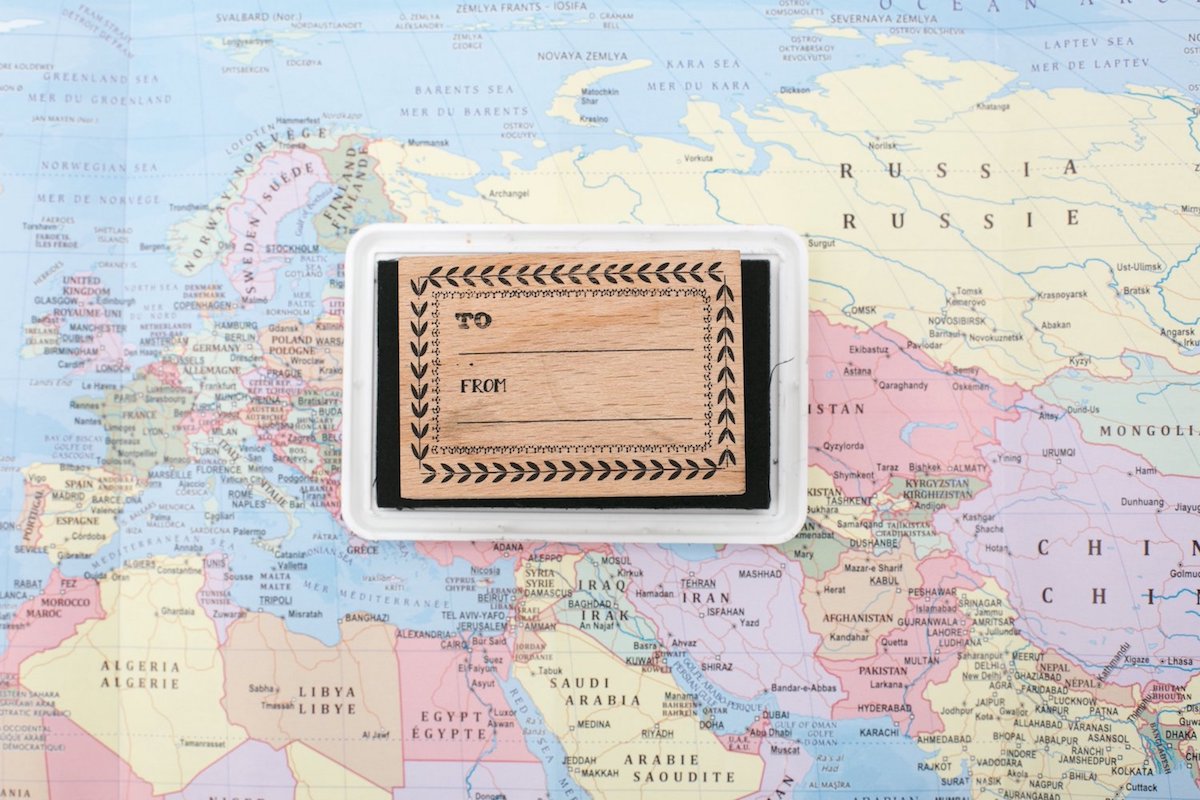



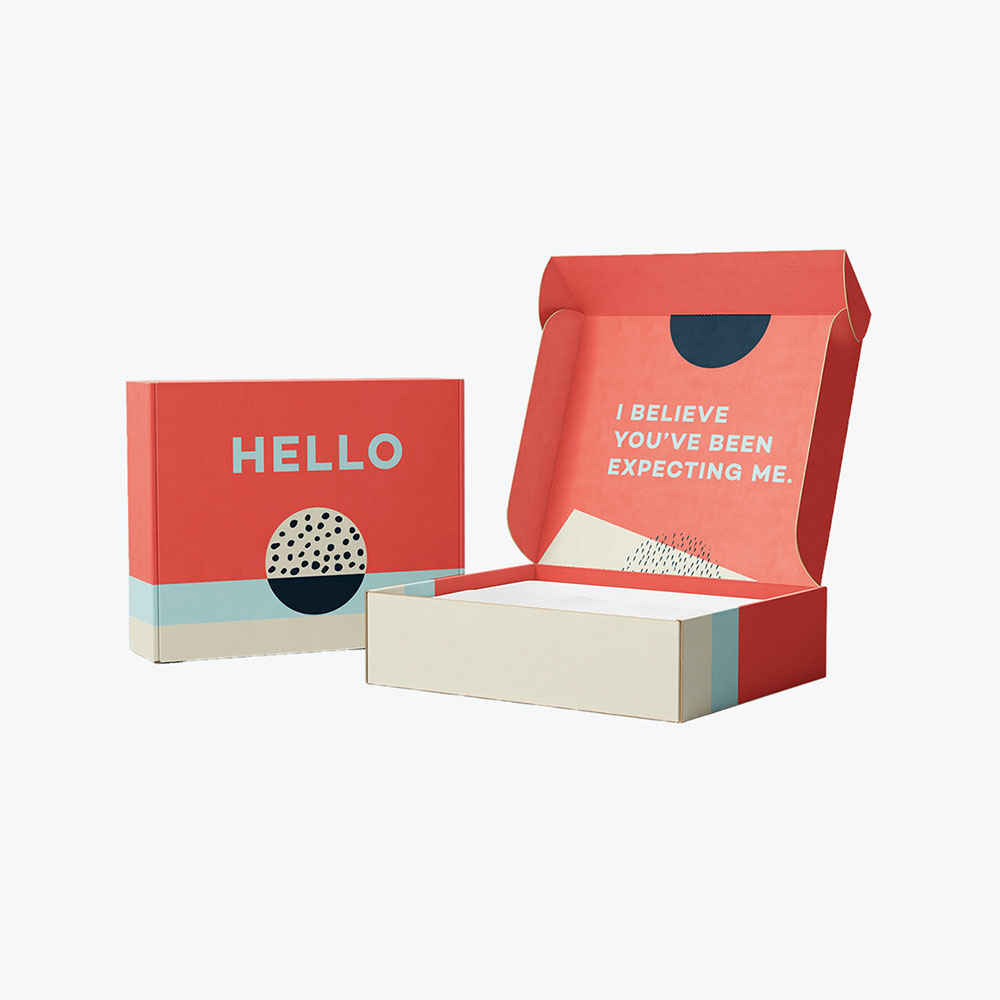
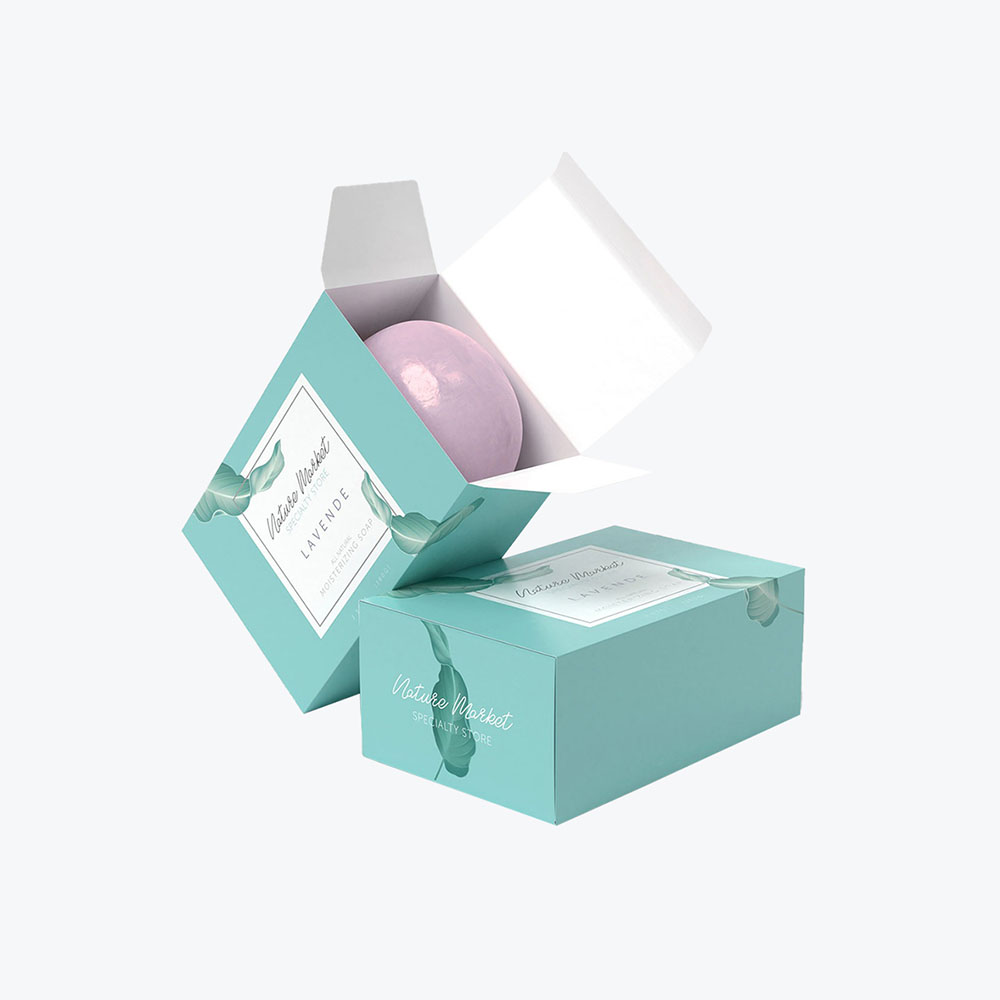
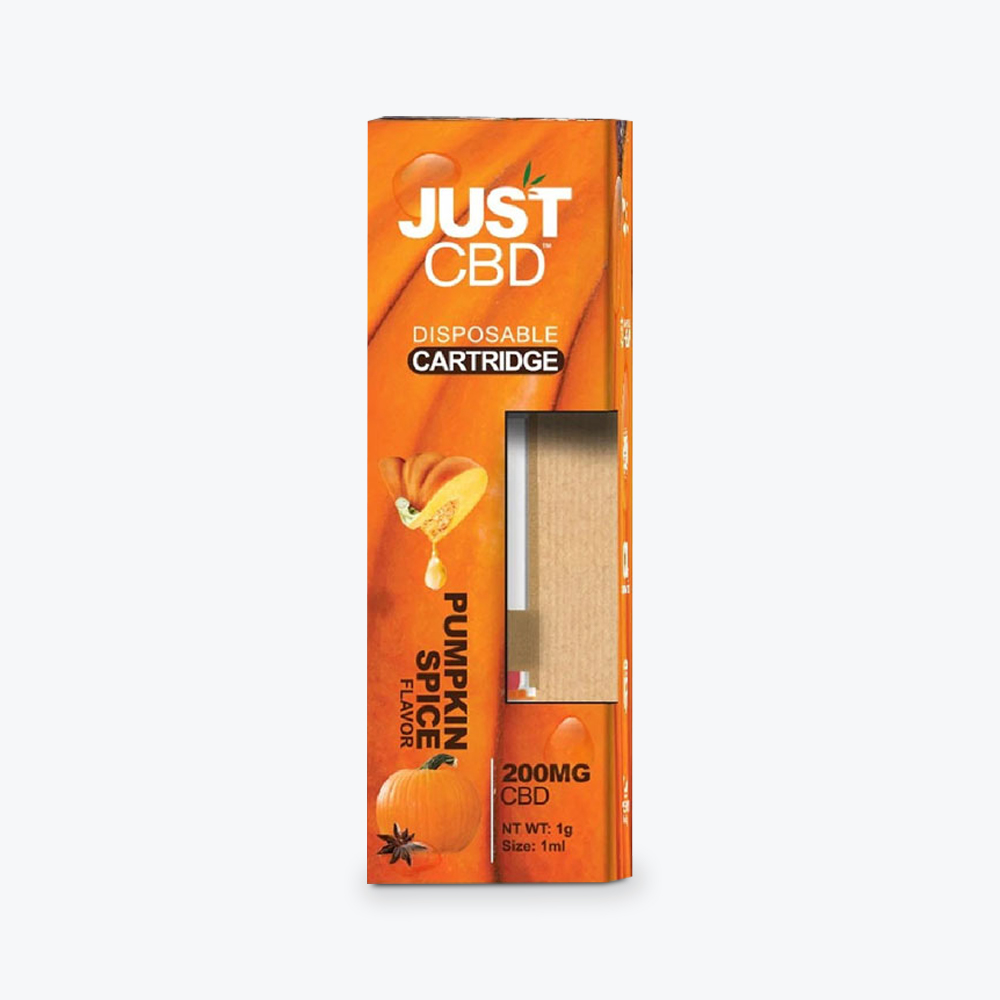
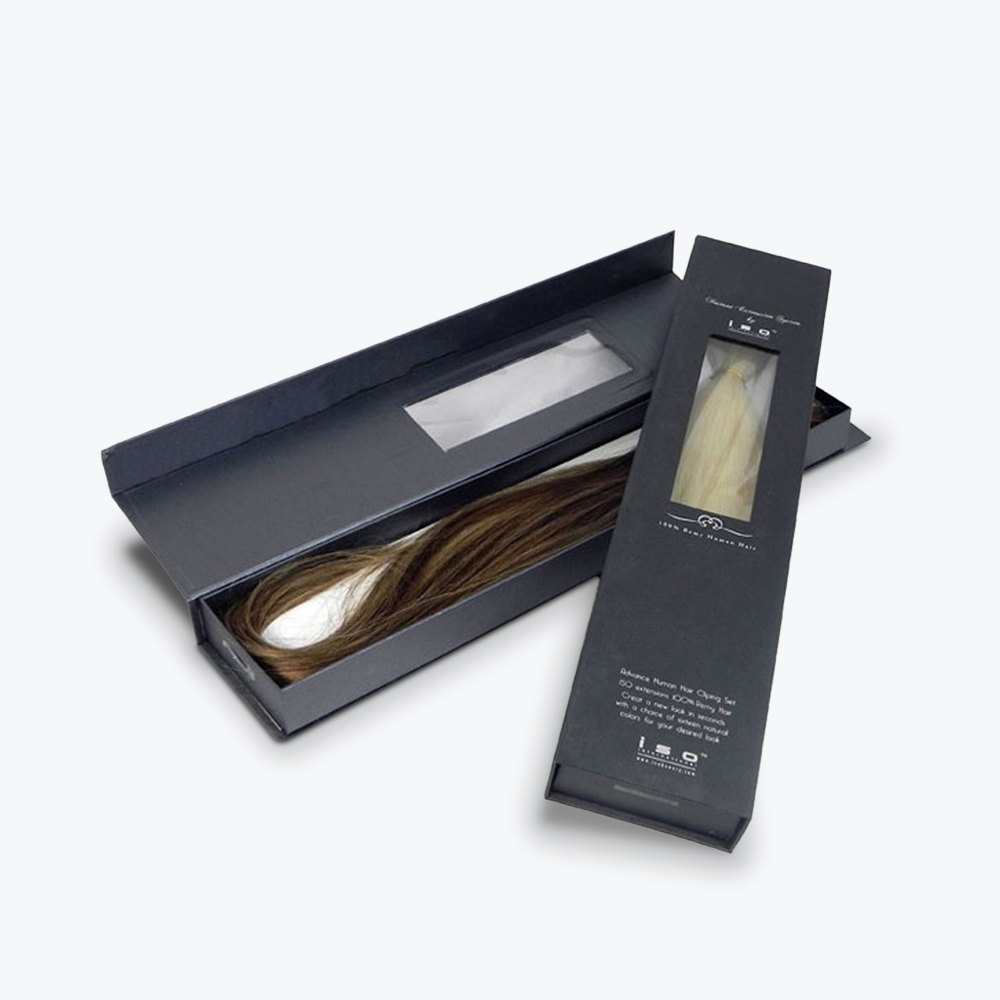




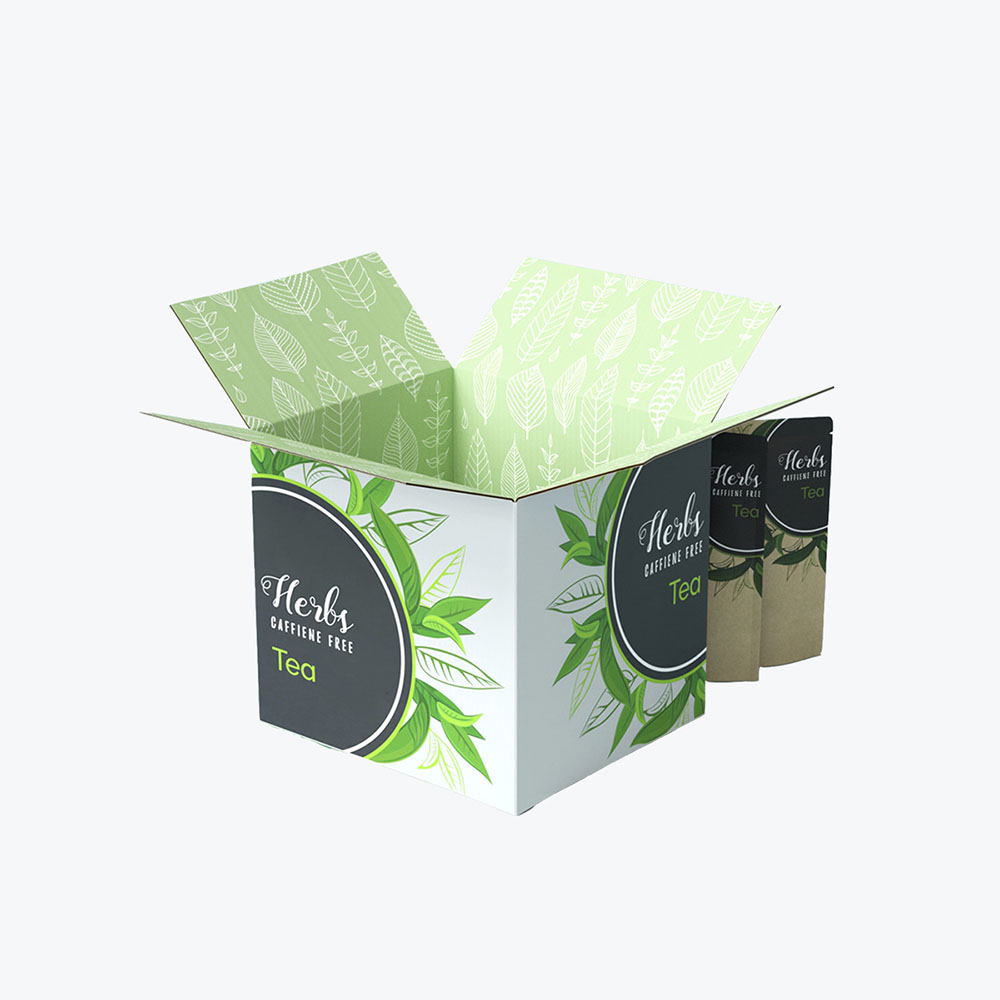

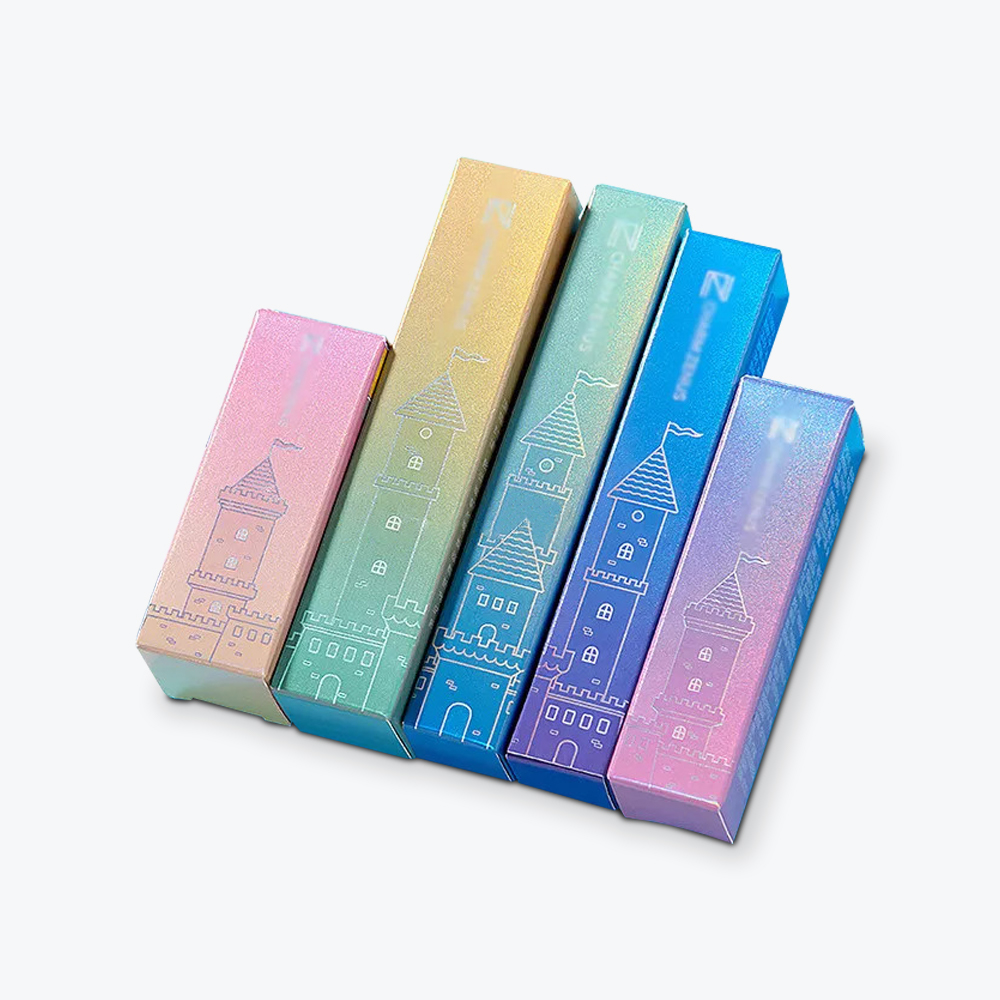

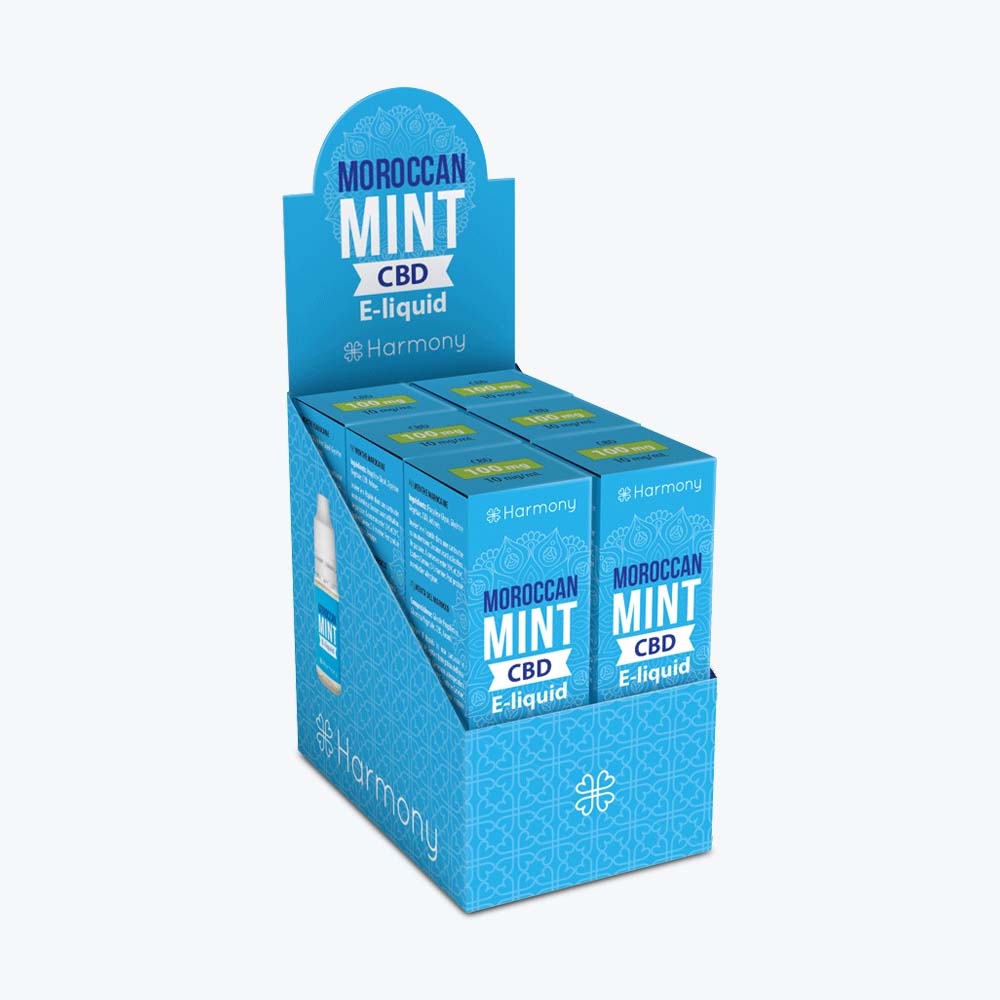
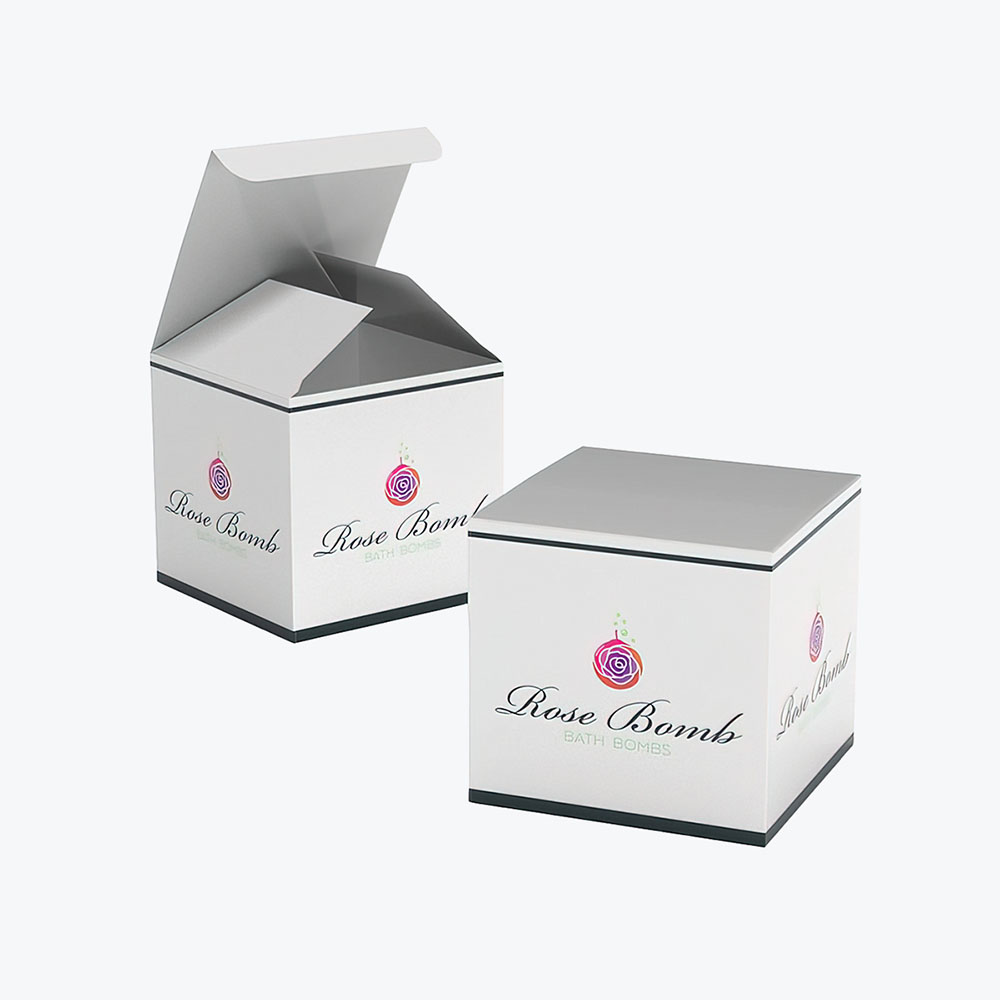

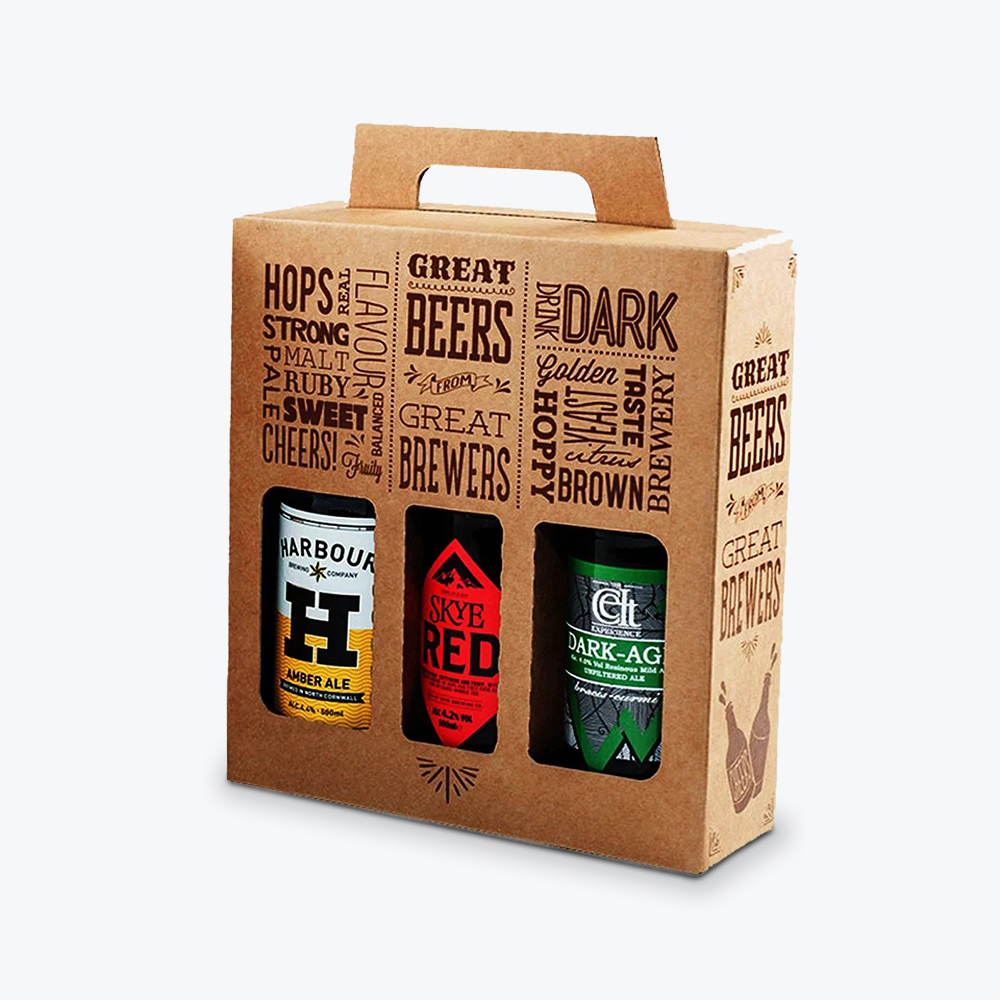
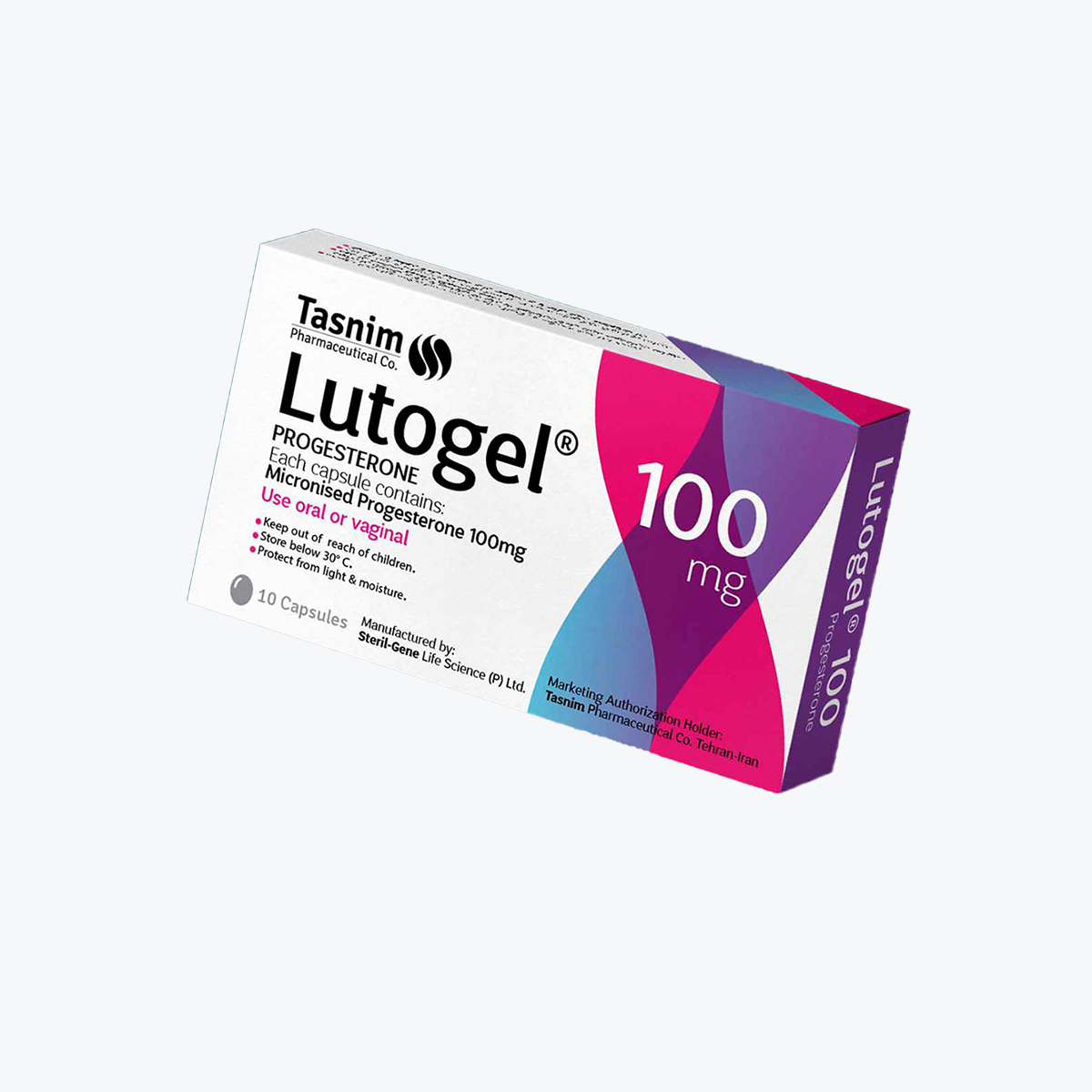
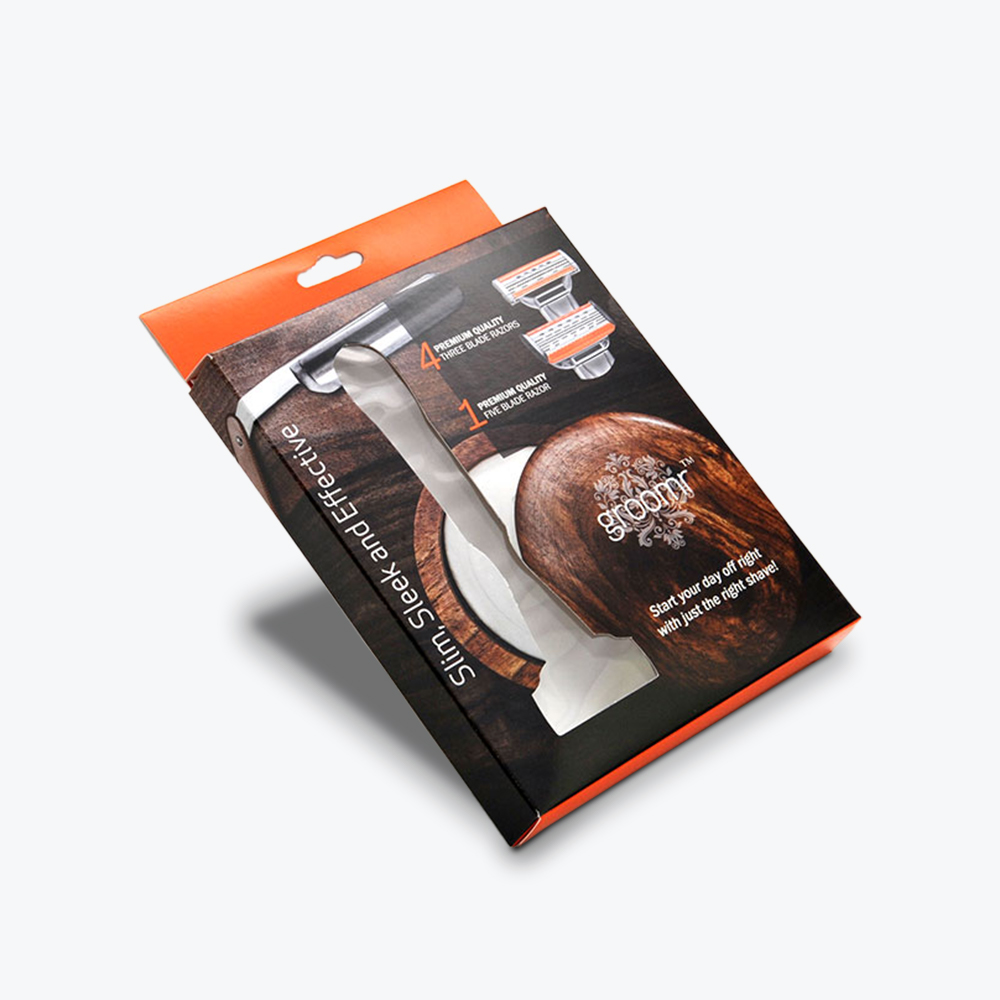

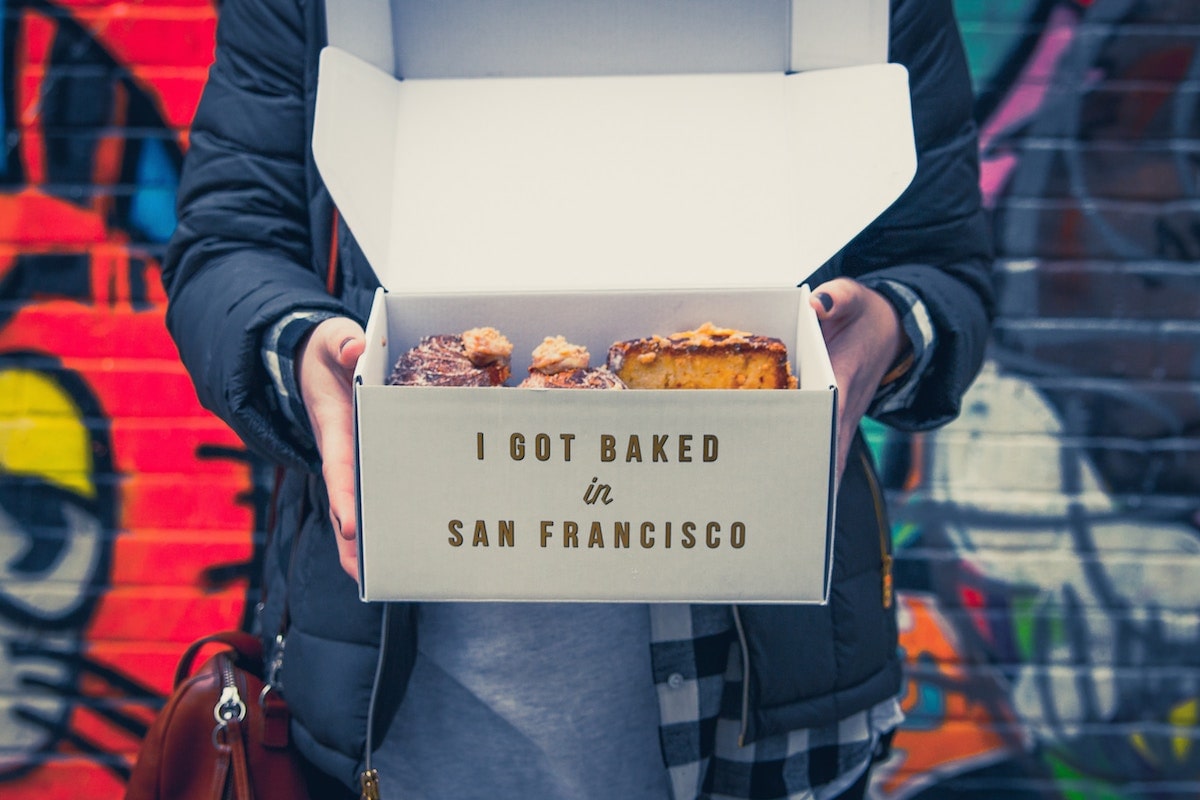

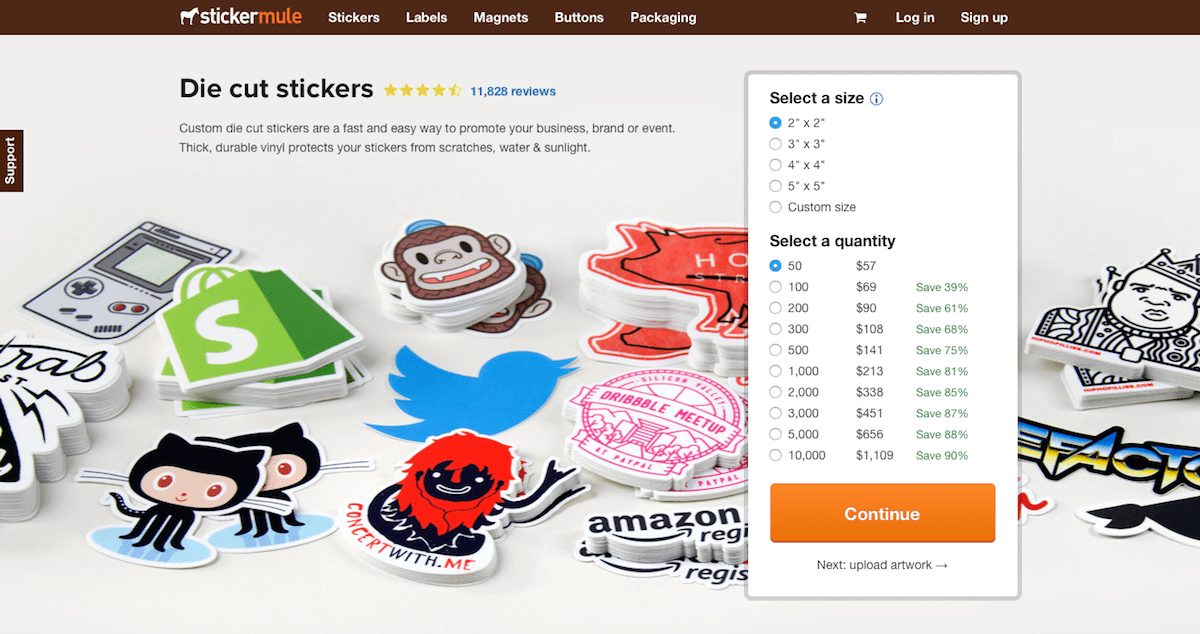

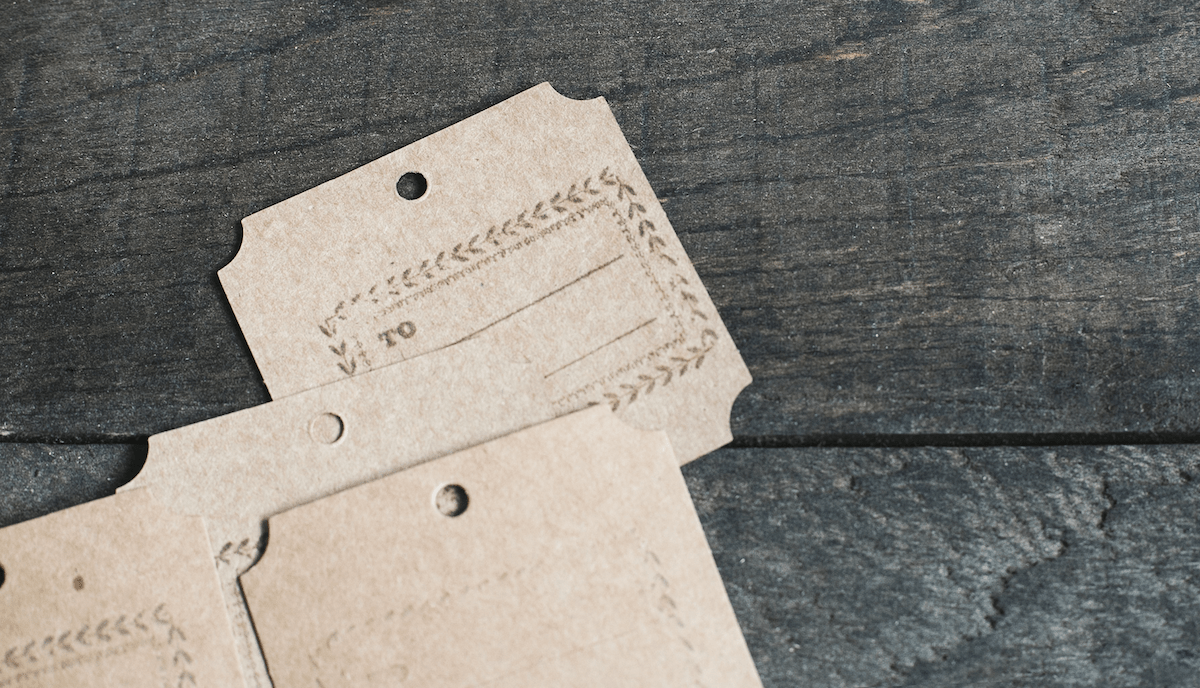
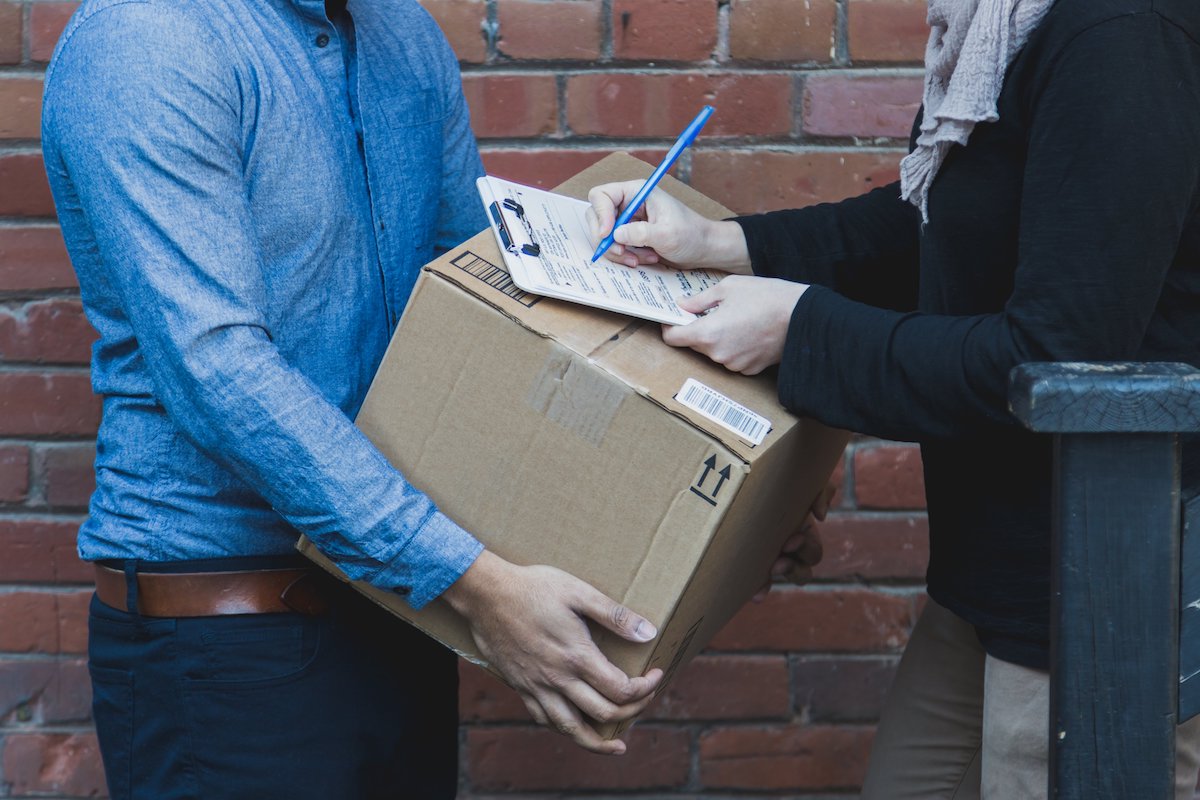
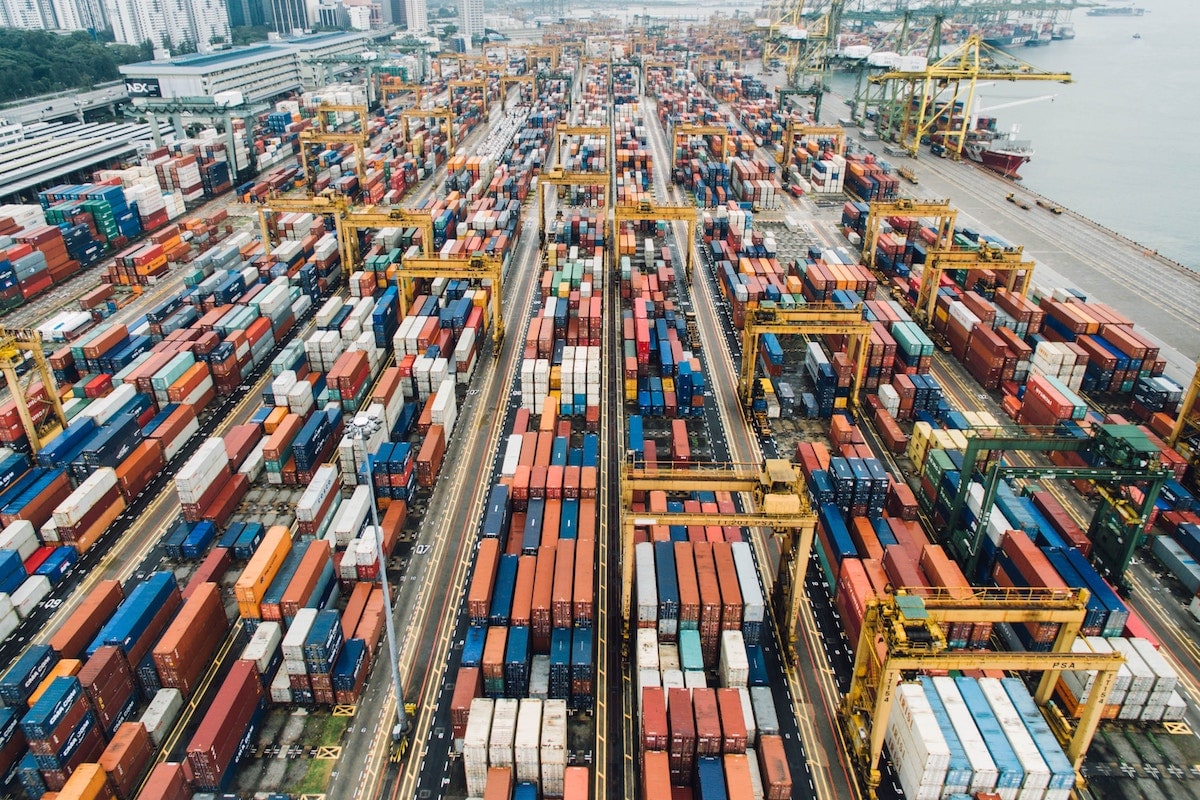




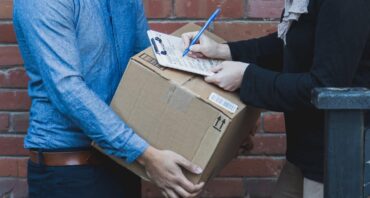


Share